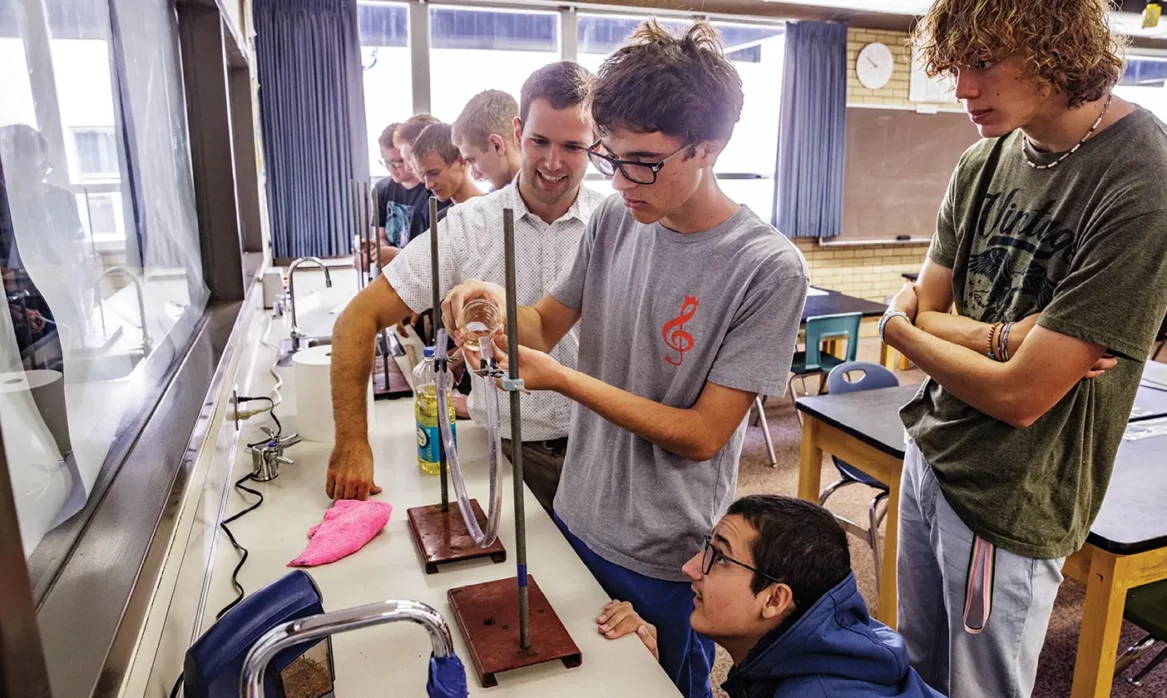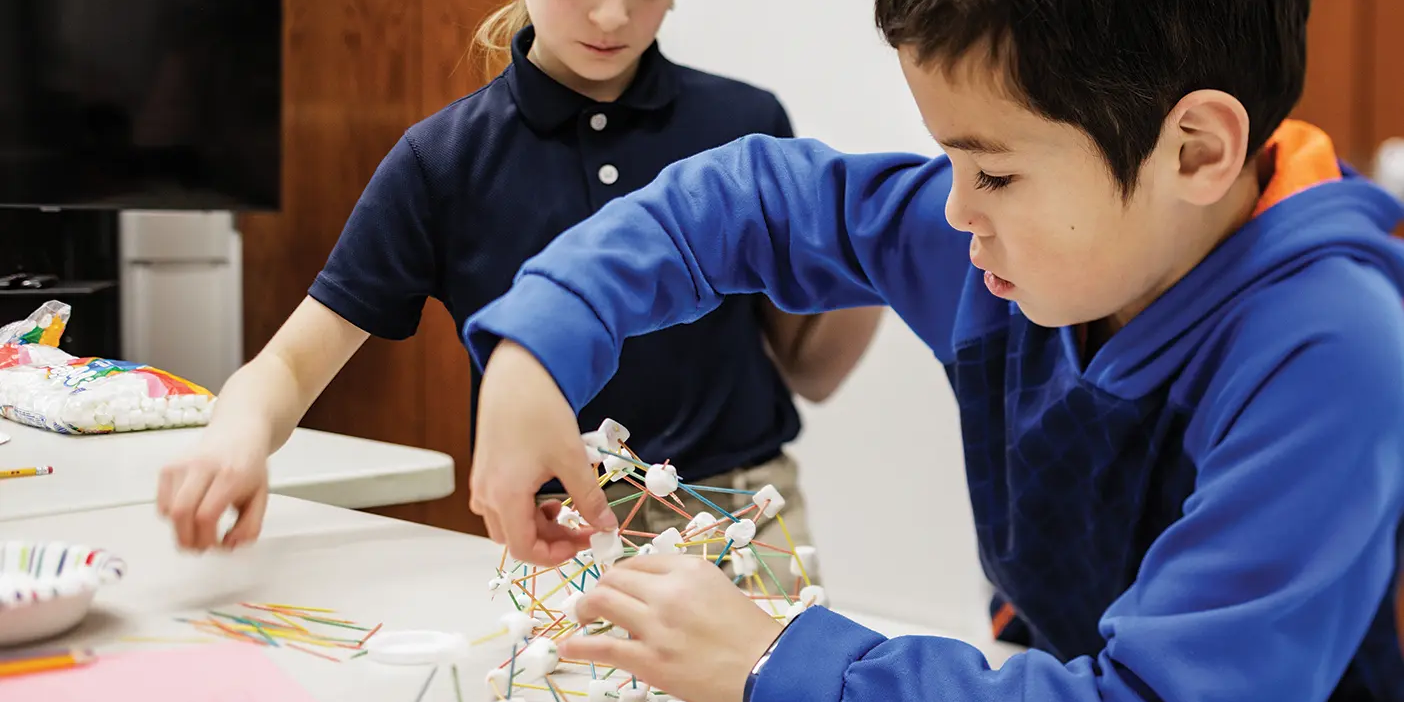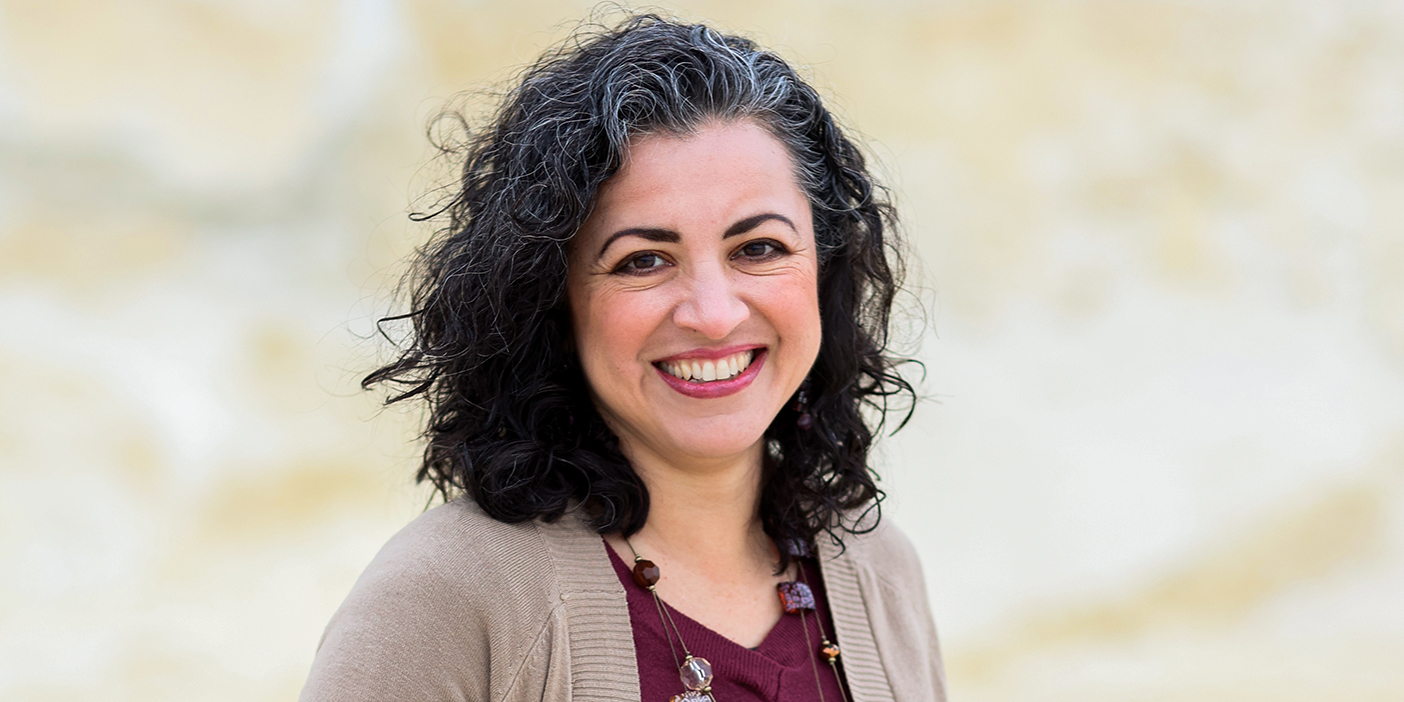“I felt like I was drowning every day,” says Valorie Woodbury Draper (BS ’00), the sole science teacher in a small, rural school in Manila, Utah, remembering her first years teaching. “I saw this quote once. It said, ‘Being a new teacher is like flying in an airplane while trying to build it.’”
Utah rural teachers like Draper simply don’t have access to professional-learning opportunities avail- able to teachers on the Wasatch Front, where larger districts have more resources and educators can more easily gather to seek advice and share ideas.
Because of this limited teacher support, rural students are “not currently getting the science education that we want them to have,” says BYU chemistry professor Rebecca L. Sansom (PhD ’19).
When the state of Utah presented new teaching standards for science educators in 2021, Sansom recognized how overwhelming it might be to implement these new standards for those teaching in rural areas.

With this issue in mind, the 3D-RST project was formed, funded by a grant from the National Science Foundation. The project experiments with technology-mediated lesson studies: teachers video record their lessons and share with other teachers online to receive feedback. The study results have been published with the International Society of Learning Sciences and the International Journal for Lesson & Learning Studies.
The technology—a Swivl Robot that records teachers as they give lessons—allows educators to “step into another teacher’s classroom,” says Sansom.
“It saves me as a teacher,” says Draper. “We’re able to connect through technology and become better teachers.” And this has incredible impact on the students.
“If we can make a difference in schools with these kids, what are they going to be able to bring to the scientific community? They’re going to come with different questions and different ideas,” Sansom explains. “They’re going to change science.”












